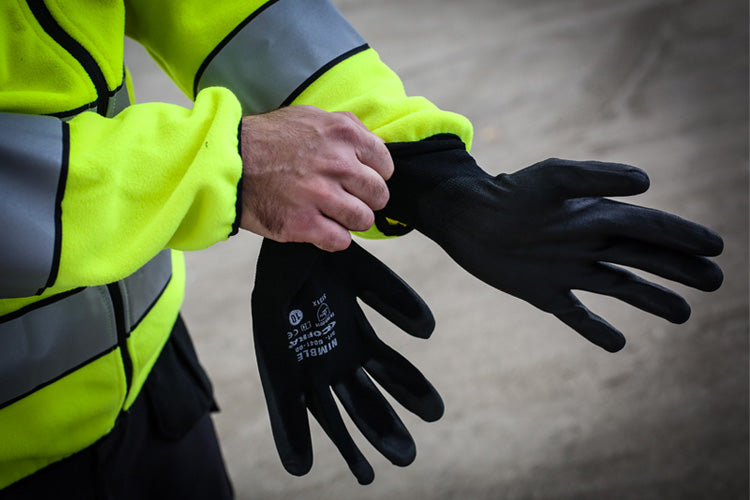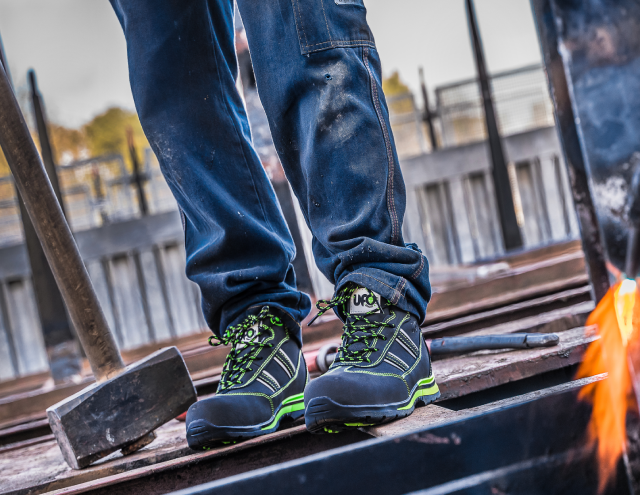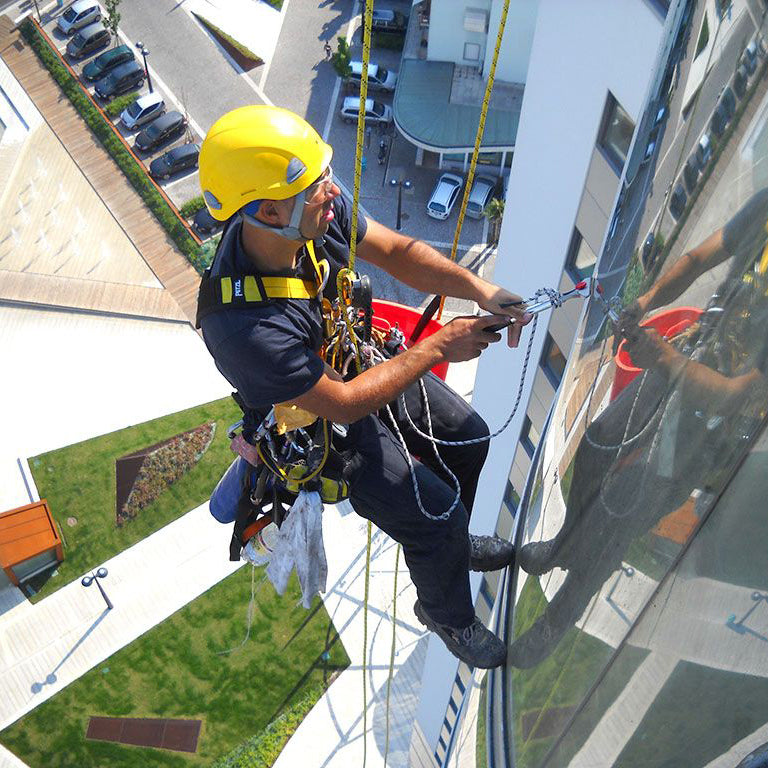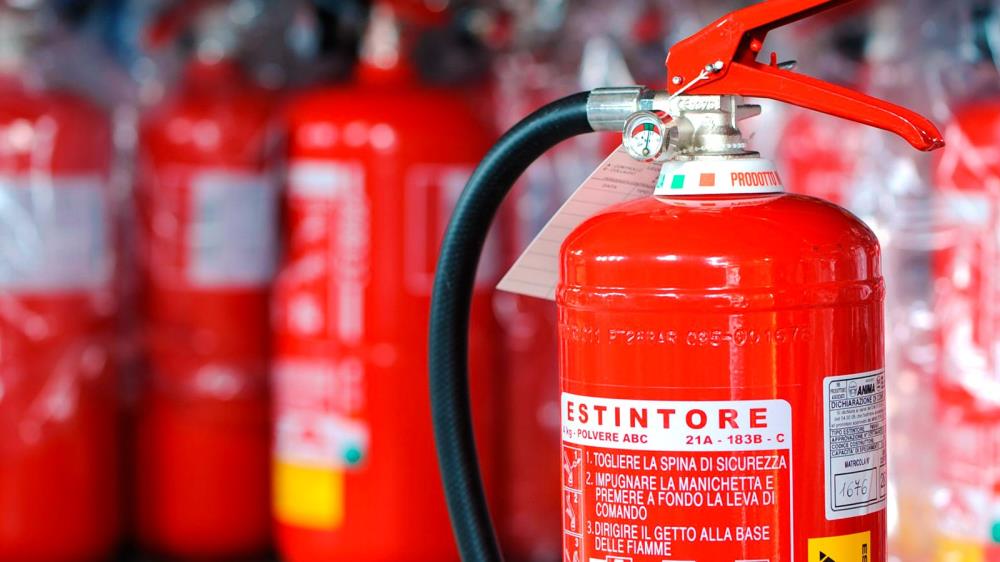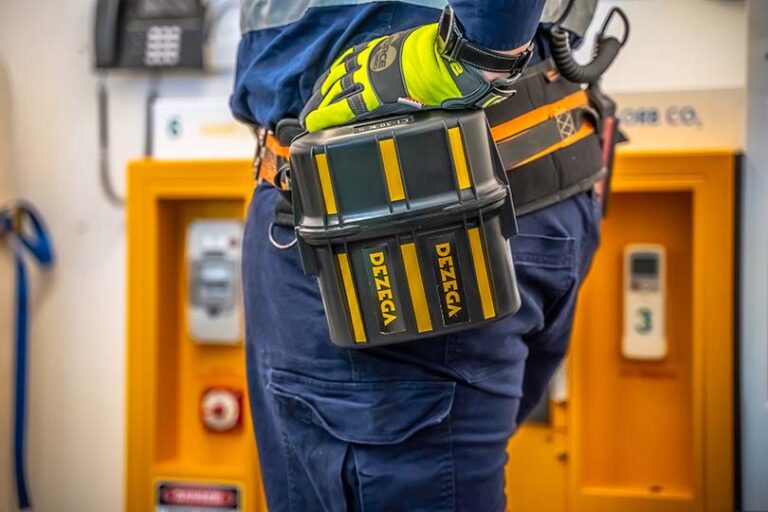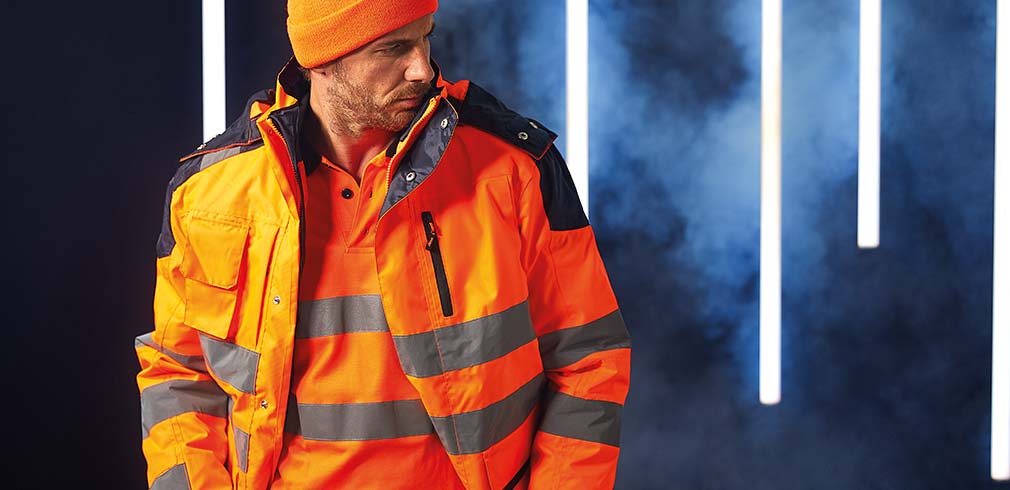Bridges, ships, planes - everything that mankind is so proud of was originally built using forging or riveting. At the end of the 19th century the first experiments in metal welding were made. Already at the beginning of the 20th century, significant advances in welding appeared in the field of creating critical structures.
The first bridge created by welding was made in the USSR in the city of Kiev. It connected the left and right banks of the Dnieper. During the Great Patriotic War, factories located beyond the Urals began to assemble tanks by welding. The technology required time for high-quality and quick assembly and was created in the shortest possible time.
After the end of the war, the need for a rapid recovery of the country prompted the introduction of welding technologies in various sectors of the national economy. Cosmonautics did not stand aloof from this progressive technology. The Soviet Union was a pioneer in space exploration: the world's first in-orbit welding was carried out on the Soviet Soyuz-6 spacecraft in 1969.
It was at this time that metal welding firmly entered all branches of the national economy. Since then, both riveting and forging have thus remained only in the arsenal of masters of art products.
Weld classification principles
The number of methods and types of welding of various materials confidently exceeded one and a half hundred. To weld high-quality metal it is necessary to choose the right welding method, for which the classification of types of welding will help. There are many "homemade" classifications that create and inevitably contribute to the purchase of equipment that does not fulfill the tasks. The classification should take place according to the principle of physical impact, the degree of technical support and the use of various technologies.
Signs of physical impact
To determine the welding class, the form of the applied energy must be considered.
There are three classes of welding:
- thermal;
- thermomechanical;
- mechanical.
The thermal class combines the processes that occur due to the use of various types of thermal energy. Most work in this class is done by gas and arc welding . These two types are mandatory in any production related to the creation of metal structures or their repair.
The thermomechanical class assumes two types of influence: heating and pressure. A striking example is resistance welding , when electrodes simultaneously heat and compress parts. Other representatives of this class are much less common - arc pressing, spreading and forging .
The composition of the mechanical class is not great, but quite interesting. On the one hand, these are cost-effective types of welding and, on the other hand, these require such specific conditions that they have a very small scope. The economic advantage is due to the lack of heating. This class includes cold pressure (hyperbaric) welding , friction welding, ultrasonic welding and blast welding .
Technical features
This classification is based on the following principles:
- the principle of protection against oxidation;
- the continuity of the process;
- the level of mechanization.
The quality of the seam depends on the degree of protection against oxidation. The most common are welding technologies in a shielding gas environment. Often there is protection with flux, foam and various combined methods.
The classification of types of welding according to the continuity of the process does not need particular explanations and has only two types: continuous or intermittent processes. In terms of the degree of mechanization, they also did not make much sense and settled on the following version of the classification:
- Manual;
- mechanized;
- automated;
- automatic.
Classification according to technological principles
According to the technological principles, the types of welding are classified according to which technologies underlie the welding process. It is a very ramified classification and not without contradictions, which is constantly refined and updated. For example, arc welding technology is singled out as a separate type, here it is divided into mig / mag, mma, tig , which, in turn, are divided by type of welding current, diameter and type of electrode and many others characteristics.
Types of welding
Manual arc welding (mma )
This is the foundation of all foundations. It was with this type of welding that the victorious march of welding technologies in various industries began. In those days it was enough to have a welding transformer and a pack of electrodes to cook anywhere: from shipbuilding, to oil pipelines, to country gates. Nowadays, welding generators have become an order of magnitude lighter, much cheaper and more powerful. Many welding technologies have been developed depending on the spatial location of the weld, the chemical composition and the thickness of the metal.
The main advantage of this type of welding is the simplicity and availability of equipment, the ability to move to any point on the ground (if there is an electrical network or a mobile generator). Among the shortcomings can be noted a small list of welded materials. Basically, these are ferrous metals. Like any type of manual work, it requires important welder qualifications. This is especially true for welding ceilings and vertical seams, welding thick sheet metal.
Tig welding (tig)
This type of welding covers no more than 1% of the total mass of welding works. But it is impossible to do without them when it comes to non-ferrous metals. This method allows you to cook almost anything. In addition, the seam is of the highest quality, even when welding thin sheet metal. Hence, the scope of this method extends to shipbuilding, aircraft building, and spacecraft creation. The most widespread use of this type of welding can be observed in the automotive and auto body industries.
Welding is performed with a tungsten or graphite electrode in an environment created by the supply of shielding gas to the weld pool area. Mixtures of active and inert gases are used, depending on the material of the parts to be welded. The main disadvantages of this method are considered to be the significant cost of work, which consists of expensive equipment, gas consumption and the use of highly skilled welders.
Semi-automatic welding (mig/mag)
This type of connection of parts is very similar to the previous one, but a special wire is used as an electrode, which is automatically fed into the welding zone. For this, MIG/MAG machines have a feed mechanism. The protection of the weld puddle from exposure to atmospheric oxygen can be carried out either by supplying a shielding gas, or by using flux-cored wire, or by flux. The main field of application of semi-automatic machines is the welding of non-ferrous metals and alloy steels.
The most commonly used shielding gas is carbon dioxide. Work on a semi-automatic device does not require high qualifications from a welder. Another advantage of this type is its high productivity. Therefore, the use of this method is widespread in mass production, where welding of long seams on metal sheets takes place.
Gas welding
This type of welding has more disadvantages than advantages, but it has remained relevant for more than 100 years. Immediately I want to note the advantages that allow it to stay afloat:
- simplicity of equipment;
- high mobility;
- the largest list of welded materials;
- welding and cutting "in one bottle".
The disadvantages that hinder its use in production are mainly determined by the inevitably large heating area. For this reason the processes take place slowly with a high gas consumption, which affects the cost of the work. Another disadvantage is the impossibility of automating such processes and, accordingly, the need for a highly skilled welder.
Spot (contact) welding.
In a broader sense, this welding is called contact welding, but one of its varieties, spot welding, has become more widespread, therefore, in everyday life, this type of connection of parts is called spot welding . Most often, sheet steel is welded in this way. The sheets are superimposed, strongly squeezed by electrodes, through which an electric current of thousands of amperes is passed.
This type does not require special labor skills, but is impossible without expensive equipment and is limited in the thickness and shape of the parts to be joined. But spot welding is well automated and has high productivity. It received the greatest distribution on mass production, transportation lines. The most striking and weighty example is welding robots in the automotive industry.
Mechanical welding
More often it is called blast welding. With its help, one metal is coated with another. It is carried out due to heating, which is formed during the friction of one metal against another.
Electroslag welding
Very rare species, used to obtain forged and welded products. The welding current is passed through the slag using wires, rods, etc. as electrodes. The result of the passage of current is the melting of the edges and filler materials, which, when cooled, form a seam.
Plasma welding
One of the thermal types of metal welding and cutting. A very productive vision that lends itself to full automation. The plasma torch feature allows you to create a powerful stream of concentrated plasma, which is used for welding (most often cutting) of metal.
Electron beam welding
In this type of welding, heat is generated by an electron beam. It is clear that the work should be carried out in a vacuum chamber or at the exit from it. The species is very rare, requires special expensive equipment and is used in rare cases.
Laser welding
Unlike the previous type, laser welding has found wide application in various industries. Various types of lasers have been developed (solid state, gas, liquid, semiconductor), accessible to the general population. In addition to industrial installations, there are a large number of home-made CNC machines based on laser and microcontroller control.
Diffusion welding
One of the varieties of thermomechanical welding. The parts are heated and compressed at the same time. The vacuum is necessary for the high-quality passage of processes. As a result, expensive installations have to be created, therefore it is used only in very important nodes of the space, aviation and electronics industries.
Welding with high frequency currents
A specific type of making permanent connections, which has traditionally been fixed on automated lines for the production of pipelines. Very high performance and maximally automated method. A special high-frequency inductor is brought to the place of welding of the pipes and after a few seconds the pipes heated by high-frequency currents are connected. No fire, no soot.


